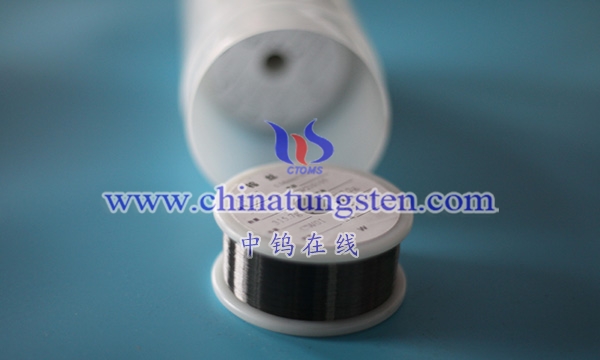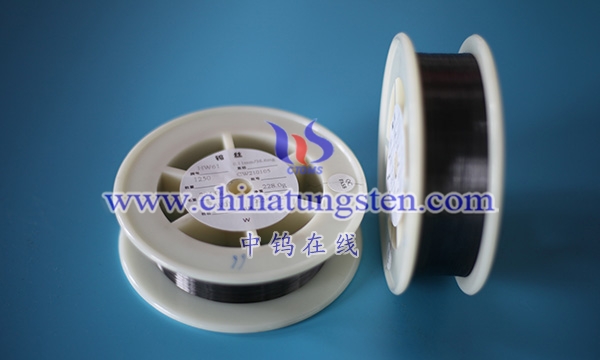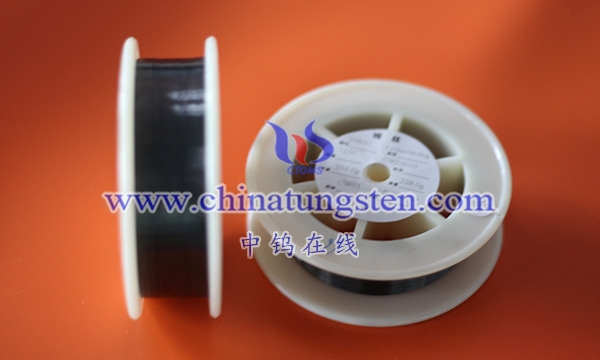The detection methods for tungsten wire for textiles weaving gloves mainly include the following:
- Chemical composition analysis
Spectral analysis: such as photoemission spectroscopy (OES) or laser induced breakdown spectroscopy (LIBS), used to determine the main elements and impurity components in tungsten wire.
Mass spectrometry: such as gas chromatography mass spectrometry (GC-MS) or inductively coupled plasma mass spectrometry (ICP-MS), used to detect trace elements and impurities.
Chemical reagent analysis: used to determine the content of specific elements, such as acid dissolution test.
- Physical property detection
Diameter measurement: Use a microscope, vernier caliper or laser diameter gauge to measure the diameter of the tungsten wire to ensure that it is within the tolerance range.
Surface finish detection: Use an optical microscope or surface roughness meter to check whether the surface of the tungsten wire is smooth, without scratches or cracks.
Strength test: Such as tensile testing machine to test the tensile strength and breaking strength of tungsten wire.
Hardness test: Use Vickers hardness tester or Brinell hardness tester to measure the hardness of tungsten wire.

- High temperature resistance test
Melting point determination: The melting point of tungsten wire is determined by thermogravimetric analysis (TGA) or differential scanning calorimeter (DSC).
Heat resistance test: Performance test is performed in a high temperature environment to evaluate the high temperature stability and oxidation resistance of tungsten wire.
- Conductivity test
Conductivity test: The conductivity of tungsten wire is measured using a conductivity meter to ensure its effectiveness in electrical applications.
Resistance test: The resistance of tungsten wire is measured to evaluate its conductive properties.
- Corrosion resistance test
Corrosion test: Expose tungsten wire to corrosive media to evaluate its corrosion resistance. Salt spray test chamber can be used for testing.
Chemical environment test: Test the corrosion resistance of tungsten wire in a specific chemical environment, such as acid, alkali, salt solution, etc.
- Fatigue resistance test
Fatigue test: Test the fatigue resistance of tungsten wire under cyclic load conditions, and use a fatigue testing machine to evaluate its fatigue life.
- Dimension and shape stability test
Dimension stability test: Test the dimensional stability of tungsten wire under different conditions (such as temperature changes, pressure, etc.).
Shape stability test: Test the shape retention ability of tungsten wire in high temperature or high pressure environment.

- Thermal conductivity test
Thermal conductivity test: Use laser flash method or thermal conductivity meter to test the thermal conductivity of tungsten wire and evaluate its thermal conductivity.
- Environmental and safety standards
Environmental impact test: Ensure that the production and use process meets environmental protection standards, such as exhaust gas emissions, wastewater treatment, etc.
Safety specification inspection: Ensure that safety specifications are followed during the production process and conduct safety performance testing.
- Quality management system inspection
Quality certification inspection: Review the compliance of quality management system certification (such as ISO 9001) to ensure the quality of the production process and final product.
Production records and inspection reports: Check production and quality inspection records to ensure that the product meets the standards.

More details of tungsten wires, please visit website: http://tungsten.com.cn/tungsten-wires.html
Please contact CHINATUNGSTEN for inquiry and order of tungsten needles:
Email: sales@chinatungsten.com
Tel.: +86 592 5129595






